Here's what you need to know to drive an electric vehicle (EV) on a road trip in Victoria - plus four of the best EV road trip routes.
Thank you for subscribing
You’ll be sent the latest news, exclusive offers and competitions to your inbox.
Get the right facts and info about EVs before buying
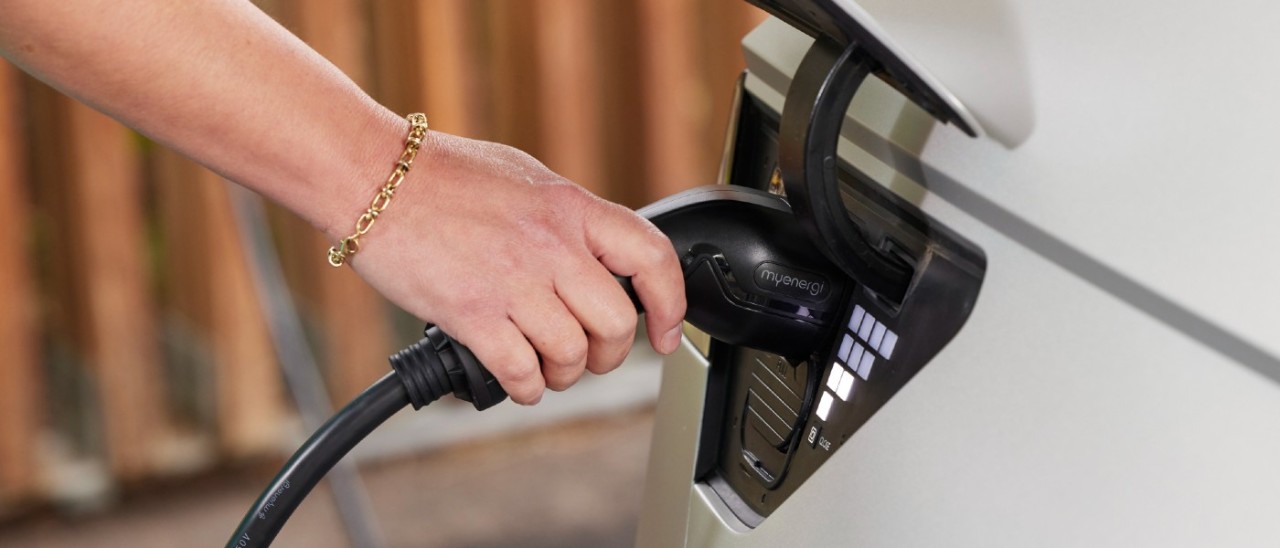
Thinking about purchasing an electric vehicle? Here are the answers to your common electric vehicle questions.
Electric vehicles have charged ahead in recent years. More car manufacturers are launching electric vehicles (EV) in Australia and the public charging network is expanding. All this makes EVs a very real consideration for more motorists.
But EVs are still surrounded by plenty of questions that make potential car buyers hesitate. We've enlisted the help of RACV Digital Motoring Editor Andrea Matthews to answer your top EV questions.
Popular electric car questions answered
Are EV sales encouraging in Australia?
Sales of brand-new EVs continue to be strong in Australia. In 2024, 91,292 new battery electric vehicles (BEVs) were sold, marking a 7.4 per cent share of the new car market.
The top five EVs sold last year were:
- Tesla Model Y medium SUV
- Tesla Model 3 sedan
- MG4 hatchback
- BYD Seal sedan
- BYD Atto 3 medium SUV.
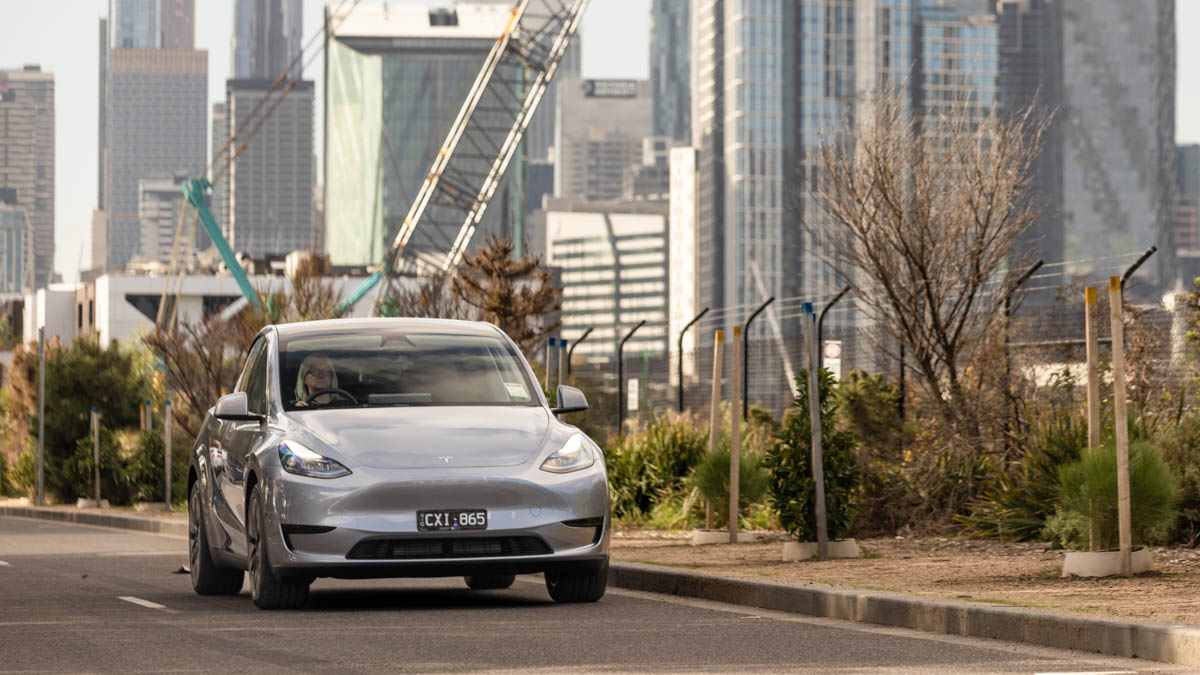
The Tesla Model Y was the best-selling new EV sold in Australia in 2024.
What are EV driving ranges like?
Most battery electric EVs are capable of achieving a range of at least 400km per full charge, with long range models such as the Polestar 3 promising distances up to 632km. "That's very similar to a petrol-powered car's possible driving range, except it uses a battery rather than a fuel tank," Matthews says.
It's important to note that range figures are derived from government standards that aren't always representative of the real world; you can usually knock about 10 to 15 per cent off these claims. That said, each new generation of battery has generally increased capacity and efficiency, which improves travelling distance.
"An EV's driving range depends on the size and weight of the car, the capacity of its battery, and what type of charging you use," Matthews adds. "One of the biggest factors is where and how you drive. Long distance driving minimises the opportunity to use the regenerative braking, so your energy usage will be higher. Stop/start driving can boost the power going back into your battery, resulting in a more efficient drive. Things like using the air conditioning function can also impact the battery range."
Outside temperatures can also influence an EV's driving range because electricity is used to heat or cool the batteries for optimal performance. Users in cold climates have reported diminished range during winter.
Does Victoria have a good public charging network?
More public EV charging stations are being opened every month by local councils and businesses. Common EV charger locations include shopping centre car parks, workplaces, hotels, and major routes like the Hume Highway.
You can find nearby EV Chargefox stations by downloading the RACV App.
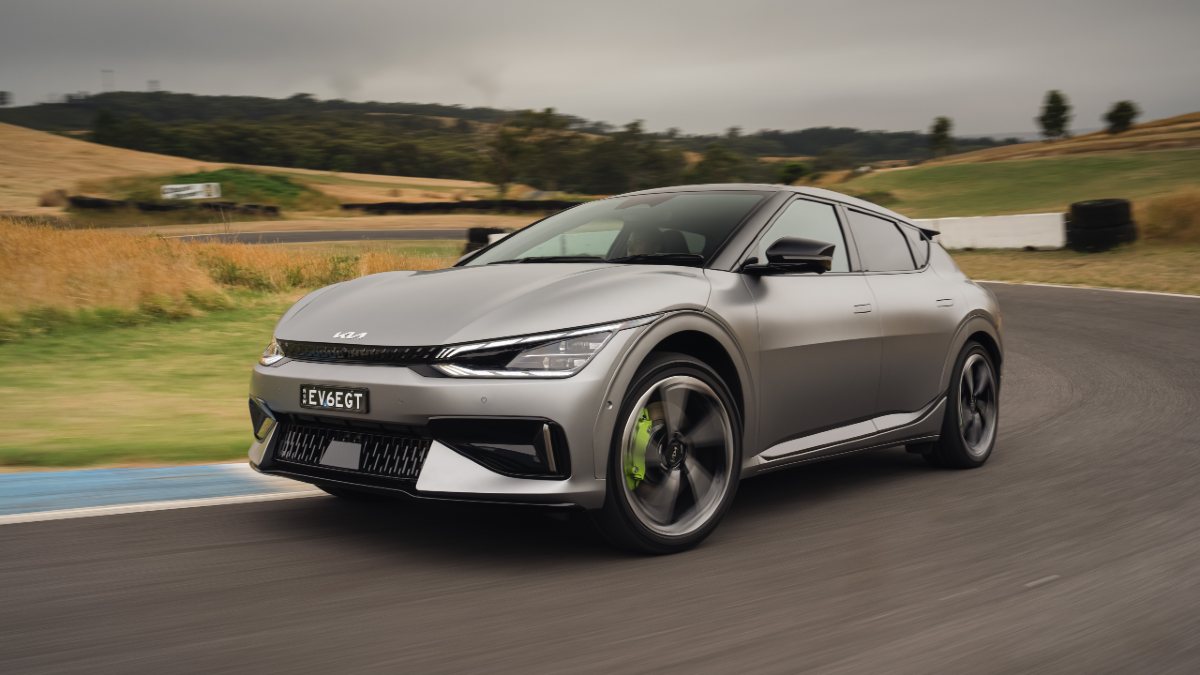
The Kia EV6 can last more than 500km from a single charge.
Do EVs take a long time to charge?
How fast an EV charges depends on the car and the charging station. It depends on the power of the charging station, how much electricity the car can accept, and the ambient temperature. Batteries don’t like extreme heat or cold (20°C to 25°C is considered ideal), so in certain circumstances the EV will reduce how much charge it can accept. EV software may also throttle back charging power as the battery approaches its maximum levels to prolong the life of the battery.
"That’s why many brands quote charging times for an 80 per cent fast charge," Matthews explains. "That 80 per cent charge can often be done at full power, but beyond that it may take an hour or more to top up the last little bit."
That said, most modern EVs can be charged up to 80 per cent within about 40 minutes, provided you’re using a DC charger that delivers the car’s maximum charging capacity. AC chargers used at home are much slower than a charging station and will usually require a few hours or overnight.
It will, of course, take a long time to charge an EV from a household power point. "It makes much more sense to install a home EV charger," Matthews says. A household power point puts out 2.4kW of power, which for an 80kW/h battery means 33 hours of charging. A 40-65Kw/h battery would take about 15-24 hours to charge. Fitting a 15-amp outlet would bring the time down to around 11-17 hours.
EV charging systems typically provide between 7.5-22kW of power, significantly reducing that charge time and making overnight charges feasible. If you have a solar power system, it's worth optimising your EV charging around your solar generation to reduce charging costs.
Are fast chargers that much quicker?
The more power flowing into the batteries, the faster it will charge. Ultra-rapid electric vehicle charging systems can provide up to 350kW of electricity.
The question then becomes how much electricity the EV can accept. For example, the Hyundai Ioniq 6, Kia EV6 and Kia EV9 can charge up to 350kW. Other EVs may not be able to accept that fast a charge.
Can I charge my EV at home?
For convenience, you can intall a home charging system to power your electric vehicle.
A dedicated EV charger at home allows owners to fully charge their car overnight or during the day, so they won’t need to leave the house for top-ups. You can even use renewable electricity generated from solar on your rooftop to charge the EV.
How do EV service costs compare to petrol and diesel cars?
As electric vehicles have fewer servicable components htan an internal combustion engine, they require less frequent maintenance. This means there are fewer filters and fluids that need to be replaced, which can reduce the cost of each service.
EVs are also typically cheaper to power than petrol/diesel vehicles, with charging costs accounting for just six per cent of the total monthly spend - well below the survey average of 13 per cent.
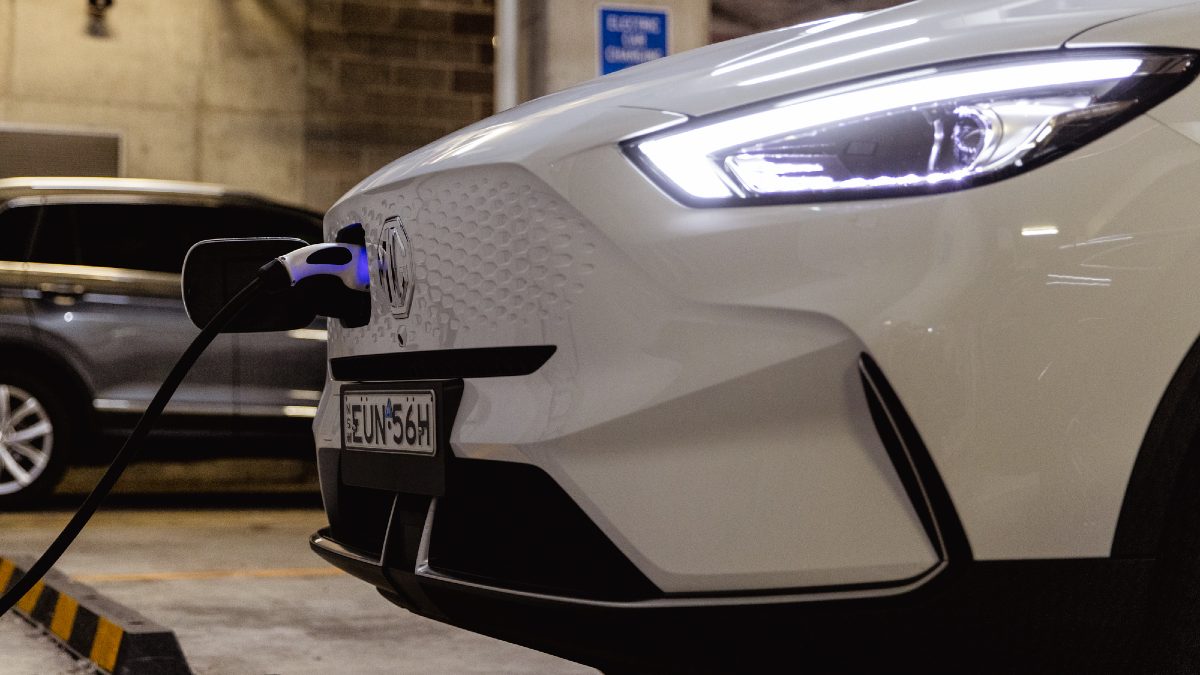
Charging an EV is simple and can be done on the go or at home. Image: Ben Weinstein
What unique features do EVs have?
Many EVs offer a unique driving experience that can be just as fun and involving as your petrol- or diesel-powered car.
Silent operation is a key bonus for EV drivers. Without the rumble of an engine, your driving experience will be a lot more serene. If you like to play music or podcasts in the car, expect a much purer listening experience. However, for the safety of all road users, including pedestrians, the Federal Government has made it compulsory from November 2025 for all new electric cars to be fitted with an Acoustic Vehicle Alerting System (AVAS).
Smooth one-pedal driving is another unique EV feature of some cars. While EVs have both an accelerator and brake pedal, it's possible to use only the accelerator pedal for speeding up and slowing down. Some EVs will slow and even pull to a complete stop without you having to press on the brake.
EVs often have a low centre of gravity by mounting the battery under the floor. This may offer smoother handling and a surprising amount of nimbleness both in urban city traffic and on the freeways.
Electric motors can also deliver their maximum torque (pulling power) much more quickly than a petrol or diesel car, making for quicker initial acceleration.
Can you get an EV in Australia for less than $50,000?
The price of EVs is falling in Australia, with less expensive EV models available in Australia now or soon to arrive. At the time of writing, the EVs available in Australia for under $50,000 are:
- BYD Dolphin, from $32,138 driveaway
- GWM Ora, from $32,990
- MG4, from $36,990 driveaway
- MG ZS EV, from $36,888 driveaway
- Hyundai Inster, from $39,000 plus on-road costs
- BYD Atto 3, from $42,558 driveaway
- BYD Sealion 6, from $45,684 driveaway
- Kia EV3, from $48,990 driveaway
- BYD Seal, from $49,852 driveaway.
Low-interest Green Car Loans can help you purchase an EV. There are also EV rebates being offered by the Federal Government, and some state governments that can reduce purchase prices, stamp duty, registration fees, and more.
More: Tesla Model Y compared to the BYD Atto 3
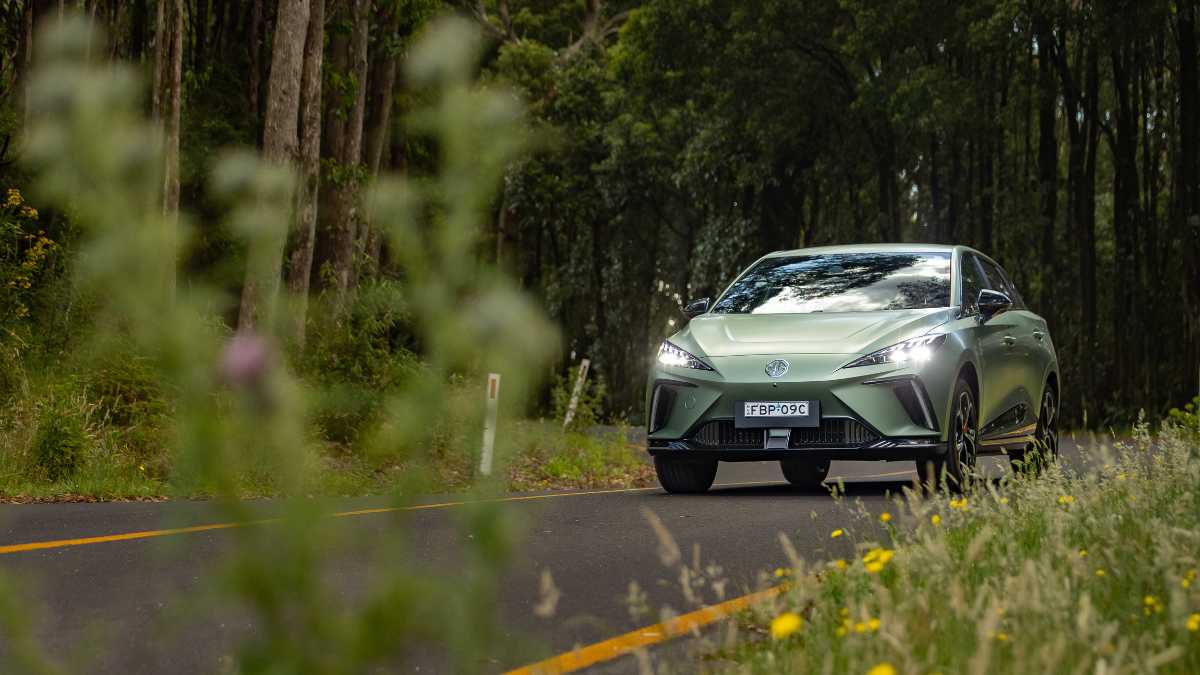
The MG4 EV hatch is priced from $36,990 driveaway in Victoria.
Do all EVs run on electricity only?
"There are actually three main types of electrified vehicles, according to the definition accepted by most car makers and both major Australian political parties," Matthews says.
The first is a pure EV, or Battery Electric Vehicle (BEV), referring to cars that run only on electricity.
The second is for Plug-in Hybrid Vehicles (PHEVs), which can run for shorter distances - usually between 40-160km claimed EV range - on electricity alone, but have a petrol engine for longer distances and/or higher speeds.
The third is the non plug-in hybrid vehicle, typically referred to as simply a 'hybrid'. It's powered by an internal combustion engine that runs on petrol, plus a battery-powered electric motor. The engine and motor can work simultaneously or independently.
A fourth, if exceptionally rare, type of EV is Fuel Cell Vehicles (FCVs), which have a hydrogen fuel tank rather than a battery. This tank performs a chemical reaction in the fuel cell to create electricity, which then powers the electric motor/s.
R.A.C.V. Finance Limited ABN 82 004 292 291 Australian Credit Licence No. 391488. RACV Finance is subject to RACV lending criteria. Conditions, fees and charges apply.


